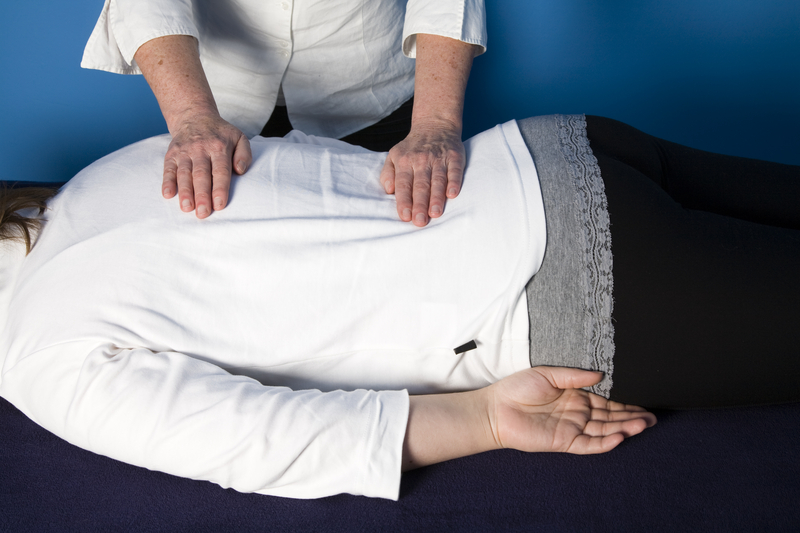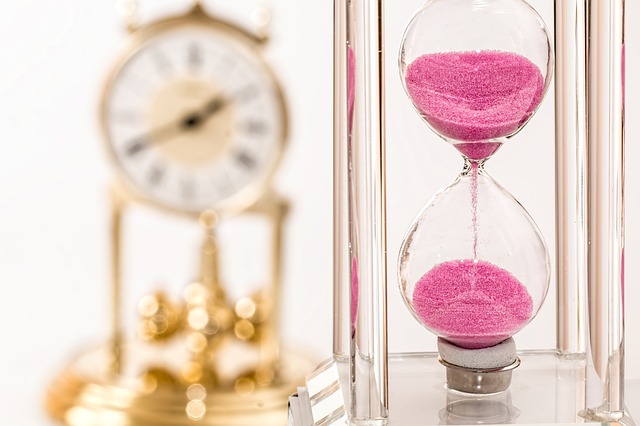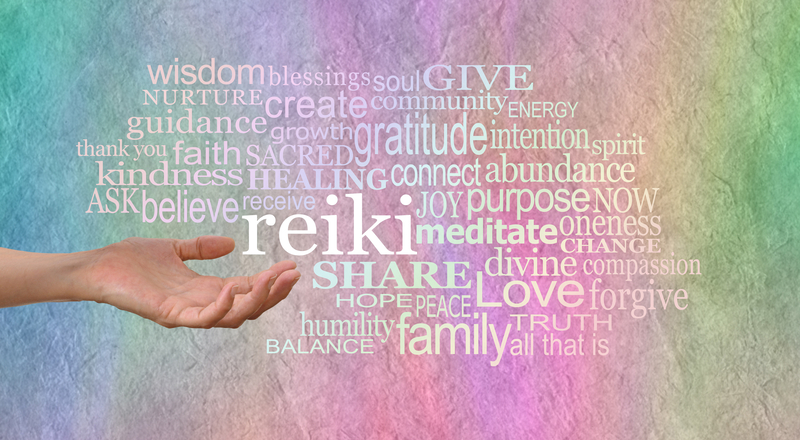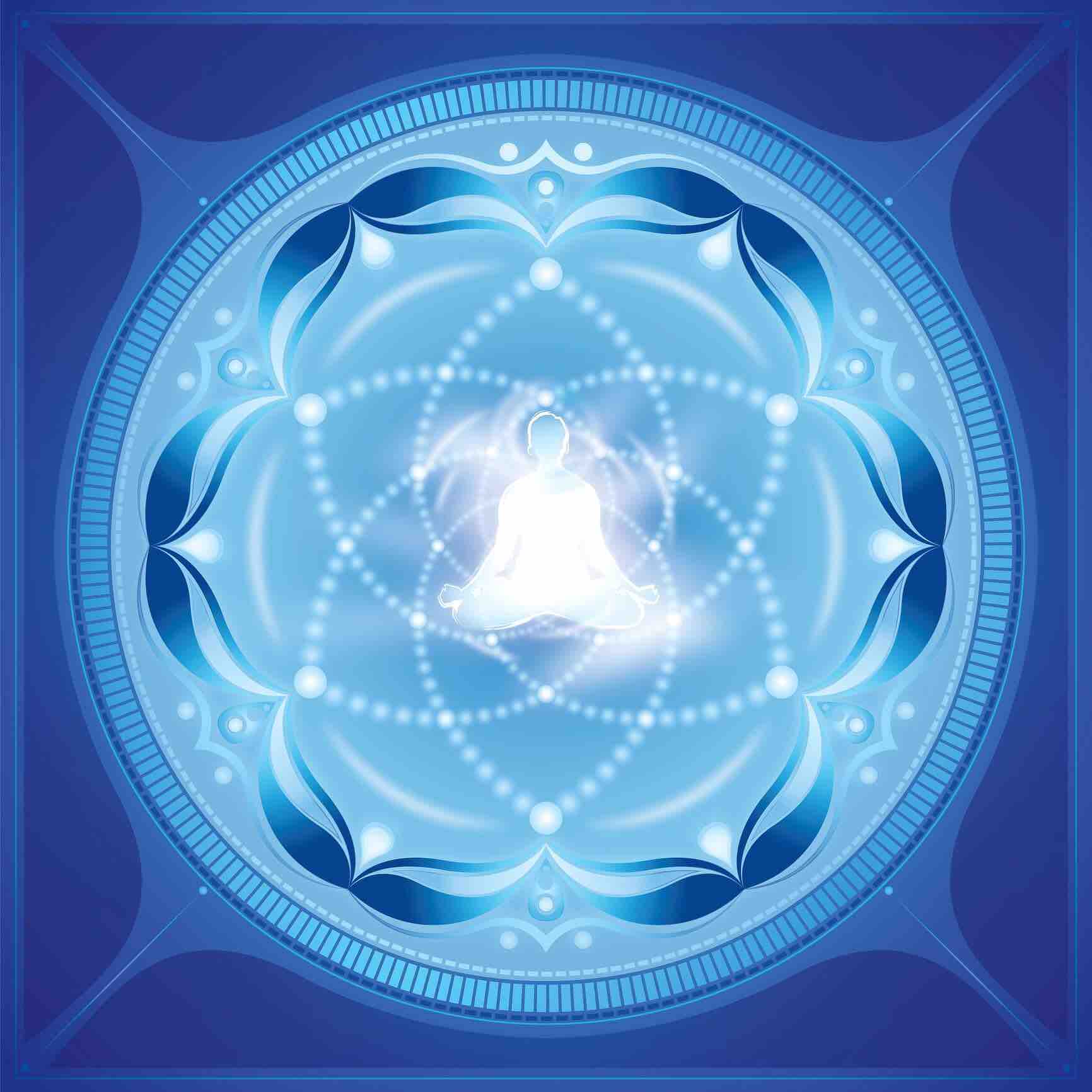As you probably know by now, Reiki treatment is a type of holistic therapy that originated in Japan and has been used for centuries to promote relaxation, reduce stress, and provide emotional and physical healing.
It is based on the belief that energy flows through the body, and by manipulating this energy, you can achieve balance and harmony in your life. In this article, we will take a look at the components of a traditional Japanese Reiki treatment and what to expect during a typical session.
Greeting and Consultation
At the beginning of every Reiki session, there will be a brief consultation between the practitioner and client to discuss any physical ailments or emotional stressors that may be causing disharmony in the body. The practitioner will then use this information to tailor the session specifically for that person’s needs. Both parties should feel comfortable discussing any issues they have in order to get the most out of their session together.
Reiki Treatment Components
A traditional Japanese Reiki treatment consists of five components: palm healing, aura balancing, chakra balancing, distance healing, and meditation. During palm healing, the practitioner will place their hands on various points of your body to channel energy into it. This helps to relax your muscles and reduce tension. Aura balancing involves using visualization techniques to help balance the energies around your body. Chakra balancing focuses on unblocking energy pathways in your body to experience deeper levels of relaxation and well-being. Distance healing is used when treating someone from afar; instead of physically placing their hands on you, the practitioner will direct energy towards you remotely. Lastly, meditation can be used to relax your mind and body further.
What To Expect From A Typical Session
The length of a typical session varies depending on the practitioner’s individual style but typically lasts between 45 minutes to an hour. During this time, you should feel relaxed as the practitioner manipulates the energy within your body using their hands or visualization techniques. You may also experience sensations such as warmth or tingling throughout your body as the energy flows freely again. After each session it’s common for clients to report feeling calmer with increased clarity of thought or improved sleep patterns due to reduced stress levels.
Receiving Reiki Energy
Once both parties are comfortable with one another, it’s time for the actual healing to begin. The client will typically lie down on their back while remaining fully clothed. The practitioner will then gently place their hands upon various areas of the body and use their energy field as an amplifier for universal life force energy (or “chi“). This energy will then flow through them into the client, providing healing on all levels – physical, mental, spiritual, and emotional. During this process, many clients report feeling warm or tingly sensations throughout their bodies and feelings of peace and relaxation. It is important to remember that everyone experiences Reiki differently; some people may even fall asleep during their sessions!

Closing Ceremony
At the end of every session, there is usually a brief closing ceremony where both parties exchange words of gratitude for one another’s presence in each other’s lives. This helps create an atmosphere of mutual respect, which is essential for healing work such as this. Afterward, it is recommended that clients drink lots of water and rest as much as possible to continue processing all that has taken place during their session.
Conclusion:
Reiki is a powerful holistic practice with many benefits including relaxation, reduced stress levels, improved sleep patterns and more clarity of thought. If you are considering trying Reiki for yourself then it’s important that you choose an experienced practitioner who understands how to properly apply all five components of a traditional Japanese Reiki treatment during their sessions so that you receive maximum benefit from each one. With regular treatments most people find their overall sense of well-being increases significantly over time leaving them feeling happier and healthier than ever before!
While there are many different types of Reiki treatments available today, traditional Japanese Reiki remains one of the most respected forms due to its long history and proven effectiveness in restoring balance within individuals seeking healing. Through gentle hand placements and mindful conversations with practitioners who are deeply attuned to your needs, you can easily experience profound shifts in your overall wellbeing after just one session! So if you’re looking to explore Reiki further, why not give traditional Japanese treatment a try? You might just be surprised at how much better you feel afterwards.






